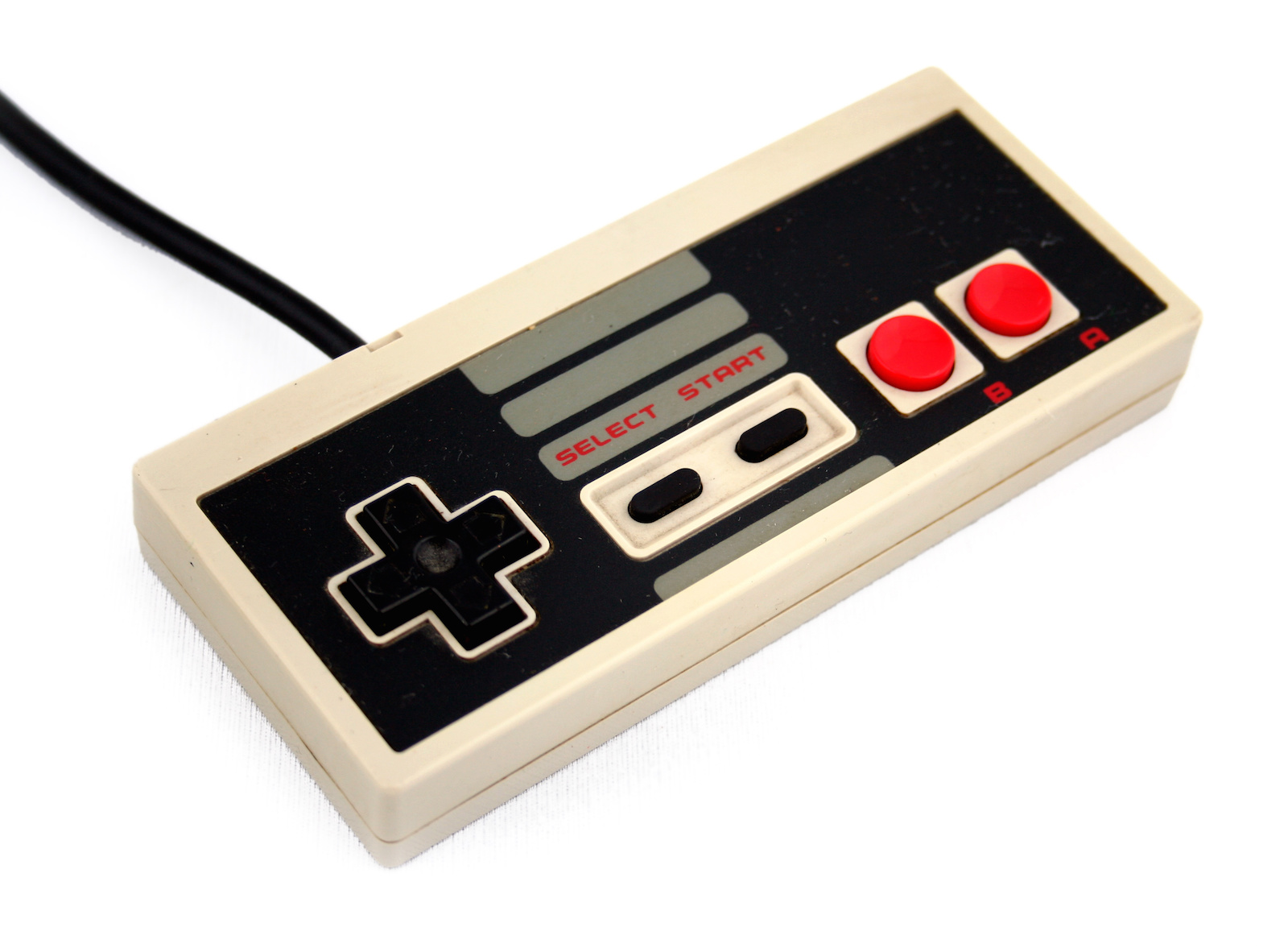Mario, the plump Italian plumber, is a very old character. His first appearance came in 1981, in a game that was actually dedicated to another popular personage who did not go on to be as well-known as the mustached plumber. In the 1990s, a survey in the United States found that Mario was actually better known than Mickey Mouse. Yes, the Mickey Mouse.
This may or may not still be valid now, but we’ve got to make something very clear: the circumstances that allowed for a character like Mario to reach such a high level of fame are no longer the same as they were. In reality, almost nothing is the same.
Mario emerged at a time when advertising and marketing services, as well as artistic creation and content generation, were unilateral. Now, both marketing and artistic creation are universal. Marketing dialogues and artistic creations are now being shared all over the world with the click of a button. The charisma of characters like Mickey or Mario is suddenly no longer so unattainable; among this avalanche of content Mario’s fame is at stake, and with it, the whole business model that underlies the company’s video game development philosophy. So what did Nintendo do?
They twisted his arm.
As part of the avalanche of content and universalization of consumer platforms (YouTube, Facebook, smartphones, etc.), thousands of small games became available on mobile devices. Suddenly, people no longer needed specific devices to play. And although the sector of people that play video games on smartphones were not necessarily of primary interest to Nintendo, they became fundamental to the long-term sustainability of the company. If the public does not know who Mario is, they will not recognize the company and will never be integrated into its ecosystem. For years, Nintendo shied away from featuring its iconic characters on platforms that were not internally owned. On December 15th, 2016, Nintendo took a major first step in a new direction and launched a video game for the first time on a third-party platform. In this case, it was Apple iOS.
So what can we learn from this?
Think long term. Let’s say, for the sake of argument, that Nintendo’s primary audience are children under the age of 16. Currently, the majority of that sector have smartphones and their leisure no longer requires specialized entertainment systems. Again, this audience was not of major interest to Nintendo, but as this audience gets older they will move away from products developed by Nintendo. As Nintendo’s target audience grows smaller, it becomes vitally important that they recognize iconic characters such as Mario so that in the future, Nintendo can reconvert them into customers of their dedicated gaming platforms. Pokemon GO and Super Mario Run are just a way to make Nintendo’s franchises accessible and continue familiarize people with them in order to eventually have them become direct consumers.
Think and plan fast to be able to act quickly.
Nintendo, generally immersed in an ideology of protectionism, neither thought nor acted very fast. And, in a way, they didn’t need to. But once the content battle began, where absolutely anyone could compete, Nintendo was forced to start making some big decisions. However risky it may have been, I think it’s safe to say that Nintendo would be one of the most successful mobile video game producers in the world if it had approached new platforms much faster. Not only because its target audience was already using the platforms but also because it was the perfect opportunity to increase customer base; if in any way people did not end up becoming users of Nintendo’s dedicated gaming platforms it’s because they were never going to – mobile platforms may have been able to target some of this sector. Nintendo should have caught on faster and come to the realization that they are a part of a gaming market valued at $99.6 billion in which 37% of profits are generated by mobile games. (Newzoo, 2016)
Quality does not have to outweigh profitability.
One of Nintendo’s strongest arguments against expanding to mobile platforms was the poor quality of the titles and the few options that smartphone hardware provided. The quality of the product is not defined by its platform; there are simply different platforms whose range of action varies – just like their target audiences. Super Mario Run will not be remembered as the greatest game ever made, but it doesn’t need to be. The aspirations of the production company should align with the platform and with the consumers. This does not necessarily mean you are creating a poor quality product, but a product that aligns with the expectation of experience of the users of the specific platform.
Optimize resources.
Nintendo would, at this time, already have two major business areas in terms of software development. Games for their dedicated platforms (Wii U, Nintendo Switch, portable line, etc.), and another dedicated to games on alternative third-party platforms (Android, iOS, etc.). The first area is extremely costly to withhold – most triple AAA games require at least one million sales in order to recoup the investment in production. That’s a huge risk. By dedicating necessary resources to development on alternative but far-reaching platforms, therefore with greater economic potential, the company’s operations become much more stable which allows it to take greater risks that otherwise would be impossible to execute effectively. The management of technical and economic resources is one of the most difficult tasks to implement effectively but, one achieved, it opens a whole new range of possibilities for the company.
So, the next time you touch your screen to make the plump plumber jump, think of the long process it that Nintendo has had to undertake to bring this possibility to your iPhone and everything you can learn from their experience that can be applied to your own business strategy.
Guillermo Lampahr is a digital strategist at Mijo! Brands, creative digital agency in CDMX and Puerto Vallarta. Visit us at www.mijobrands.com or contact us.

